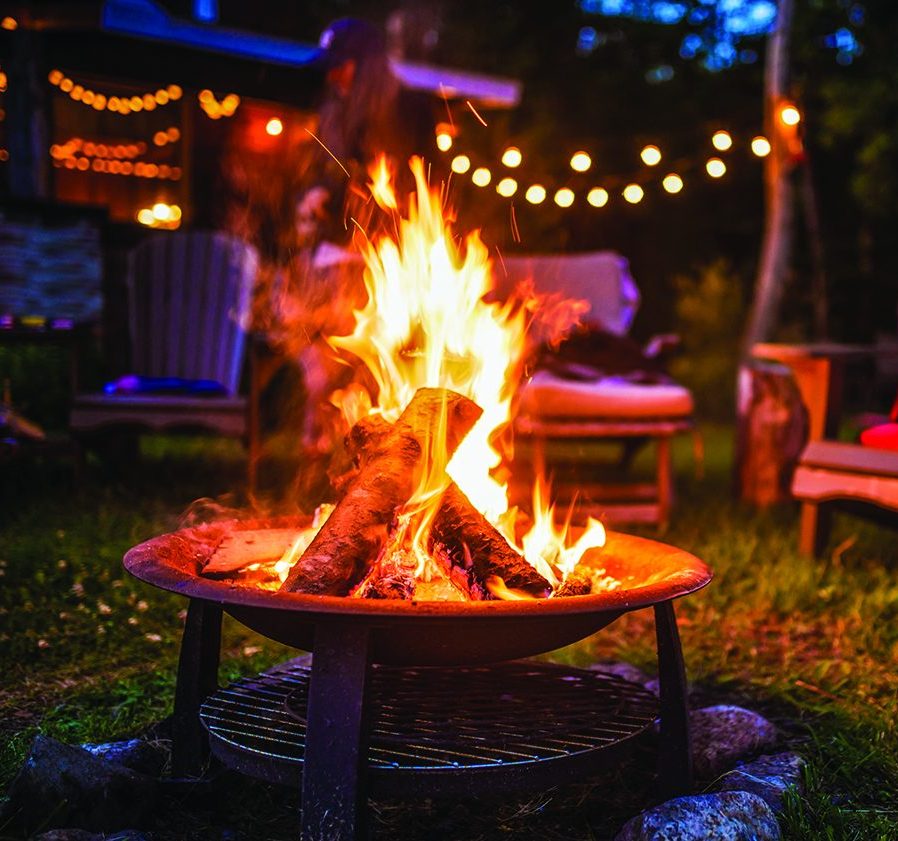Days at the beach are tailor-made for anyone looking for a little rest and relaxation. If there was a recipe for calmness, it would no doubt include the sounds of waves crashing on the shoreline and seagulls flying overhead. Beach days are even more relaxing when beach-goers load up on the right gear. As beach season begins anew, people who can’t wait to dip their toes in the water can load up on these items to make their trips even more relaxing.
• Beach wagon: Beach wagons make it easy to transport beach chairs, umbrellas, toys, and other must-have beach items, all in one convenient trip. There are many varieties of beach wagon, and consumers should look for ones with all-terrain wheels that can easily navigate sandy beaches. Load capacity is another factor to consider before buying a beach wagon, as beach-goers will want to make sure their wagons can tote everything they typically take to the beach in a single trip.
• Beach coolers: A great beach cooler can make all the difference in regard to refreshment on hot days at the beach. Rolling coolers may or may not be able to take on the sand at the beach, but it doesn’t hurt to look for one with sturdy, all-terrain wheels. But cooling capacity with enough insulation to keep food and beverages cool during a long day at the beach should be shoppers’ biggest priority.
• Beach bags: Water-repellent beach bags can protect devices like smartphones, tablets and e-readers from sand and surf. Separate such devices and other electronics, like a portable speaker or radio, in their own bags to reduce the risk of getting sand on them. Store items that will inevitably gather sand, like towels, clothing and beach toys, in their own designated beach bags.
• Backpack chairs: Many beach-goers have a favorite beach. If it’s a long walk from the parking lot of your favorite beach to your preferred spot on the sand, bring along a backpack chair for each person in your group. Such chairs can free up space on your beach wagon, and chairs strapped over your shoulders like a backpack won’t be a nuisance to carry, even if it’s a long walk from the car to the sand.
• Quick-dry beach towels: Soggy beach towels can take a while to dry, especially as the day wears on and the sun begins to set. Quick-dry beach towels typically employ microfiber technology that allows them to dry more quickly than traditional cotton towels. That saves beach-goers the trouble of lugging around heavy, wet beach towels and also ensures items like beach bags and chairs are dry by the time you go home.
Beach days are the epitome of relaxation, especially when beach-goers stock up on certain essentials designed to make such days more enjoyable.






 Outdoor play is necessary for healthy child development, according to The Genius of Play. The initiative, whose mission is to raise awareness about the importance of play and help parents make play a critical part of raising their kids, is sharing five benefits of unstructured outdoor playtime:
Outdoor play is necessary for healthy child development, according to The Genius of Play. The initiative, whose mission is to raise awareness about the importance of play and help parents make play a critical part of raising their kids, is sharing five benefits of unstructured outdoor playtime:






